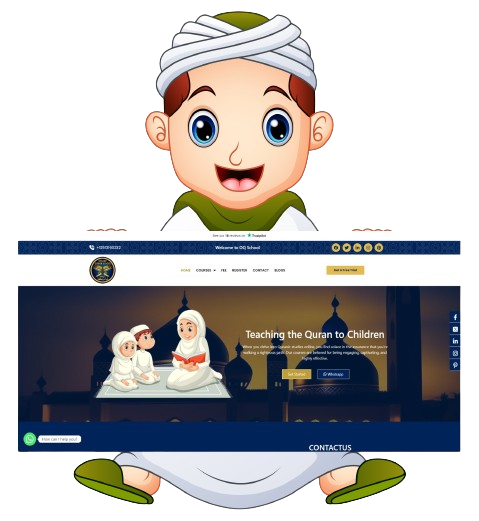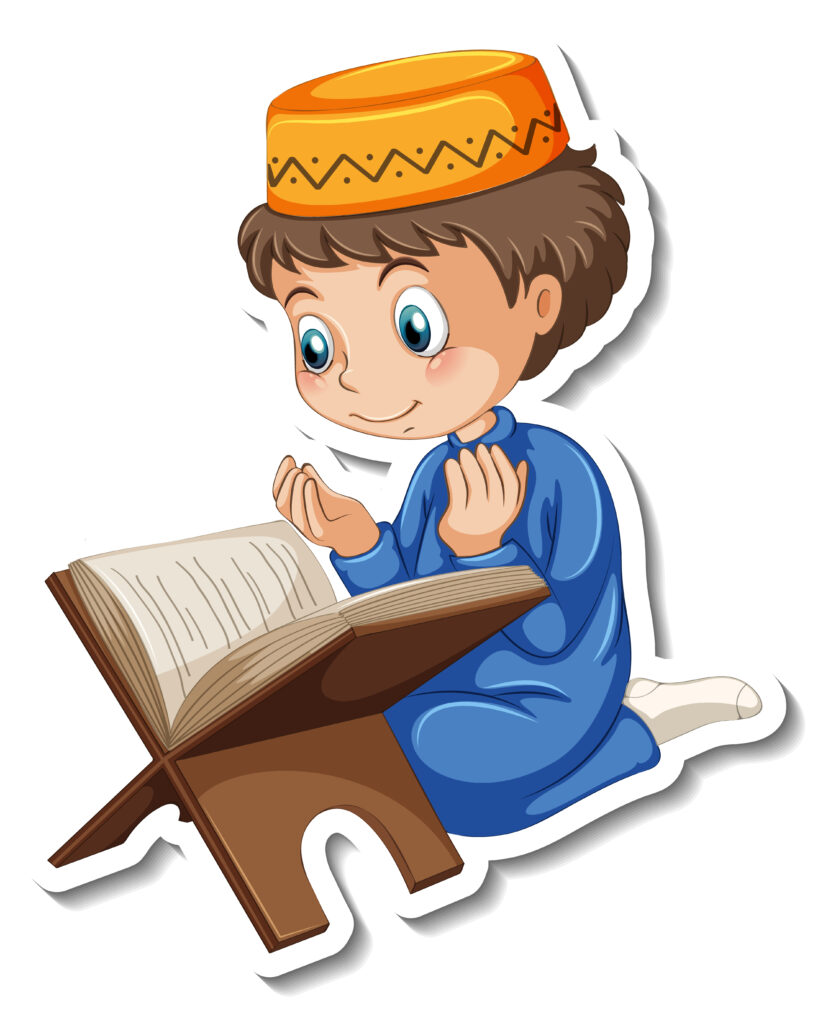Eid al Adha: Embracing Faith and Sacrifice


Introduction
Eid al Adha, also known as the “Festival of Sacrifice,” is a religious observance celebrated by Muslims worldwide. This joyous celebration marks the profound devotion of Prophet Ibrahim (Abraham) as he willingly prepared to sacrifice his son, demonstrating unwavering obedience to God’s command. In this article, we will explore the customs, traditions, and significance of Eid al-Adha, shedding light on the essence of this sacred festival.
What is Eid al-Adha?
Eid al-Adha, also known as the Feast of Sacrifice, is one of the most important festivals celebrated in Islam. It follows the completion of Hajj, the annual Islamic pilgrimage to the holy city of Mecca. This festival spans over four days and marks the end of the Hajj pilgrimage. It is a time of immense joy, gratitude, and reverence for Muslims around the world.
The Story of Ibrahim (Abraham)
At the heart of Eid al-Adha lies the remarkable story of Ibrahim (Abraham) and his unwavering devotion to God. According to Islamic tradition, Ibrahim was commanded by God in a dream to sacrifice his beloved son, Ismail (Ishmael). Displaying immense faith and obedience, both Ibrahim and Ismail were willing to fulfill God’s command. However, just as Ibrahim was about to carry out the sacrifice, God intervened and provided a ram as a substitute, symbolizing the ultimate act of mercy and divine intervention.
Thereafter, when he (the boy) reached an age in which he could work with him, he (Ibrāhīm) said, “O my little son, I have seen in a dream that I am slaughtering you, so consider, what is your opinion?” He said, “O my dear father, do what you have been ordered to do. You will find me, inshā’allah, (if Allah wills) one of those who endure patiently.”
reference: https://quran.com/37/102
The Spiritual Significance of Eid al-Adha
Eid al-Adha serves as a reminder of the profound importance of faith, obedience, and sacrifice in Islam. It highlights the values of submission to God’s will and the willingness to give up one’s most cherished possessions for the sake of divine love. The festival encourages believers to reflect on their own devotion and commitment to God while fostering a sense of unity and compassion within the global Muslim community.
Preparations for Eid al-Adha
In the weeks leading up to Eid al-Adha, Muslims engage in thorough preparations to ensure a meaningful and joyous celebration. This includes thorough cleaning and decorating of homes, shopping for new clothes, and gathering supplies for the festive feasts. It is also customary to give to charity and provide assistance to those in need, emphasizing the spirit of generosity and compassion.
The Morning of Eid
Eid al-Adha begins with Muslims waking up early in the morning and taking part in ritual ablutions. Cleanliness and purity hold great significance in Islam and are emphasized on this special occasion. After dressing in their finest attire, families gather to perform the Eid prayer in congregation, usually at local mosques or designated prayer grounds.
The Eid Prayer
The Eid prayer is a communal act of worship performed by Muslims on the morning of Eid al-Adha. It consists of a sermon followed by a specific prayer known as the “Salat al-Eid.” Muslims unite in their devotion and seek blessings, forgiveness, and guidance from Allah. This congregation also strengthens the bond of unity and brotherhood among believers.
The Act of Sacrifice
One of the central rituals of Eid al-Adha is the act of sacrifice, which symbolizes Ibrahim’s willingness to sacrifice his son. Muslims who can afford it offer an animal, usually a sheep, goat, cow, or camel, as an act of devotion and obedience to God. The meat from the sacrificed animal is divided into three parts: one for the family, one for relatives and friends, and one for the less fortunate in the community.
Sharing the Feast
Following the sacrifice, families come together to enjoy a festive feast, where the meat from the sacrificed animal takes center stage. Elaborate and delicious meals are prepared, incorporating traditional recipes and flavors. This shared meal strengthens familial bonds and fosters a spirit of unity and gratitude among loved ones.
Expressions of Gratitude
Eid al-Adha is a time to express gratitude to Allah for the blessings bestowed upon believers. Muslims engage in acts of remembrance and prayer, expressing their thanks for the mercy, guidance, and provisions granted to them. It is also an occasion to appreciate the harmony and interconnectedness of the global Muslim community.
Charity and Giving
The charity holds immense significance during Eid al-Adha. Muslims are encouraged to give to the less fortunate and those in need. Many individuals and organizations organize campaigns to provide food, clothing, and other essential items to underprivileged communities. This act of giving exemplifies the compassionate nature of Islam and reinforces the principles of empathy and generosity.
Family and Community Bonding
Eid al-Adha brings families and communities closer together. Relatives and friends visit one another, exchanging greetings and well wishes. It is a time for joyous celebrations, heartfelt conversations, and strengthening the bonds of love and unity. Eid al-Adha reminds Muslims of the importance of fostering strong familial and community relationships.
Festive Atmosphere and Decorations
During Eid al-Adha, streets, homes, and public places are adorned with vibrant decorations, colorful lights, and ornate displays. These festive embellishments create an atmosphere of joy and celebration, reflecting the collective excitement and happiness associated with the occasion. Children, in particular, revel in the festivities, donning new clothes and participating in games and activities organized for their amusement.
Eid al-Adha Around the World
Eid al-Adha is celebrated by Muslims around the world, transcending geographical boundaries and cultural differences. While the core rituals and traditions remain the same, each region adds its unique cultural elements to the celebrations. From the bustling streets of Istanbul to the serene villages of Africa, Eid al-Adha unites Muslims in a shared expression of faith and devotion.
Eid al-Adha and Islamic Calendar
Eid al-Adha follows the lunar Islamic calendar, and its date varies each year. The sighting of the new moon determines the beginning of the Islamic month of Dhu al-Hijjah, during which the Hajj pilgrimage takes place. Eid al-Adha falls on the 10th day of Dhu al-Hijjah, culminating the pilgrimage and commencing festive celebrations worldwide.
Conclusion
Eid al-Adha is a sacred occasion that encapsulates the spirit of faith, sacrifice, gratitude, and unity within the Muslim community. Through rituals, prayers, acts of charity, and shared festivities, Muslims around the world commemorate the timeless story of Ibrahim’s unwavering devotion to God. This joyous celebration serves as a reminder of the values that form the foundation of Islam and encourages believers to embody those principles in their daily lives.
Frequently Asked Questions (FAQs)
- Q: How long does Eid al-Adha last? A: Eid al-Adha spans over four days, following the completion of Hajj.
- Q: Can non-Muslims participate in Eid al-Adha celebrations? A: While Eid al-Adha is primarily a Muslim festival, non-Muslims are often welcome to join in the festivities and learn about its significance.
- Q: Is Eid al-Adha the same as Eid al-Fitr? A: No, Eid al-Adha and Eid al-Fitr are two distinct Islamic festivals. Eid al-Fitr marks the end of Ramadan, the holy month of fasting.
- Q: What are some traditional Eid al-Adha greetings? A: “Eid Mubarak” is the most commonly used greeting during Eid al-Adha, meaning “Blessed Eid.”
- Q: How do Muslims prepare for Eid al-Adha? A: Muslims prepare for Eid al-Adha by cleaning their homes, shopping for new clothes, and participating in acts of charity.
